
How to Market Payroll Giving at Your University
Universities are instrumental in shaping the future by nurturing…
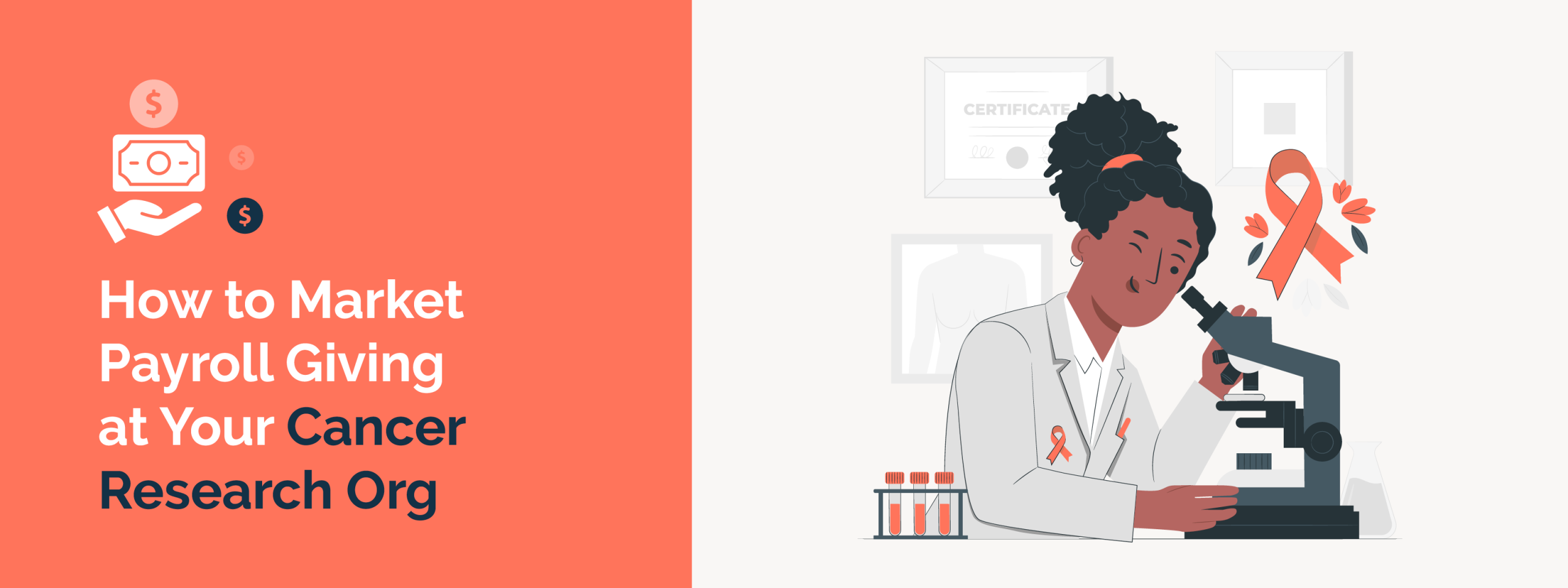
How to Market Payroll Giving at Your Cancer Research Org
Marketing payroll giving effectively can be transformative for…
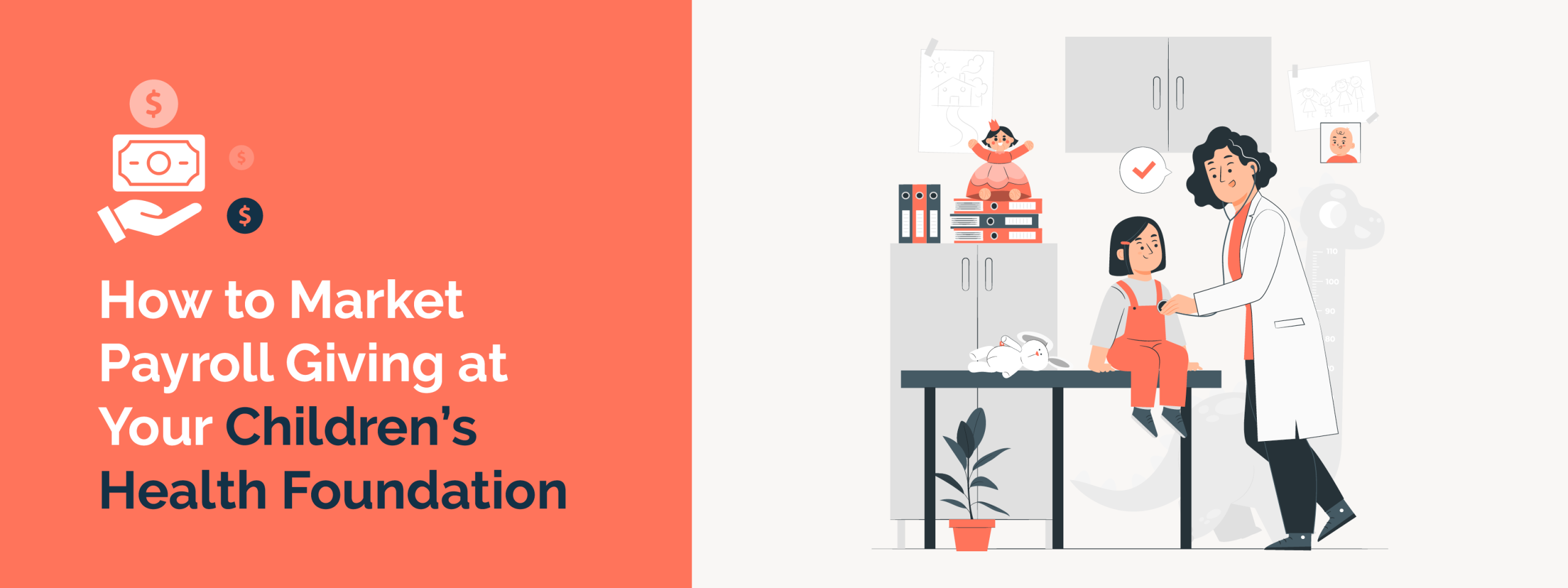
How to Market Payroll Giving at Your Children’s Health Foundation
Marketing payroll giving effectively can transform the way Children's…
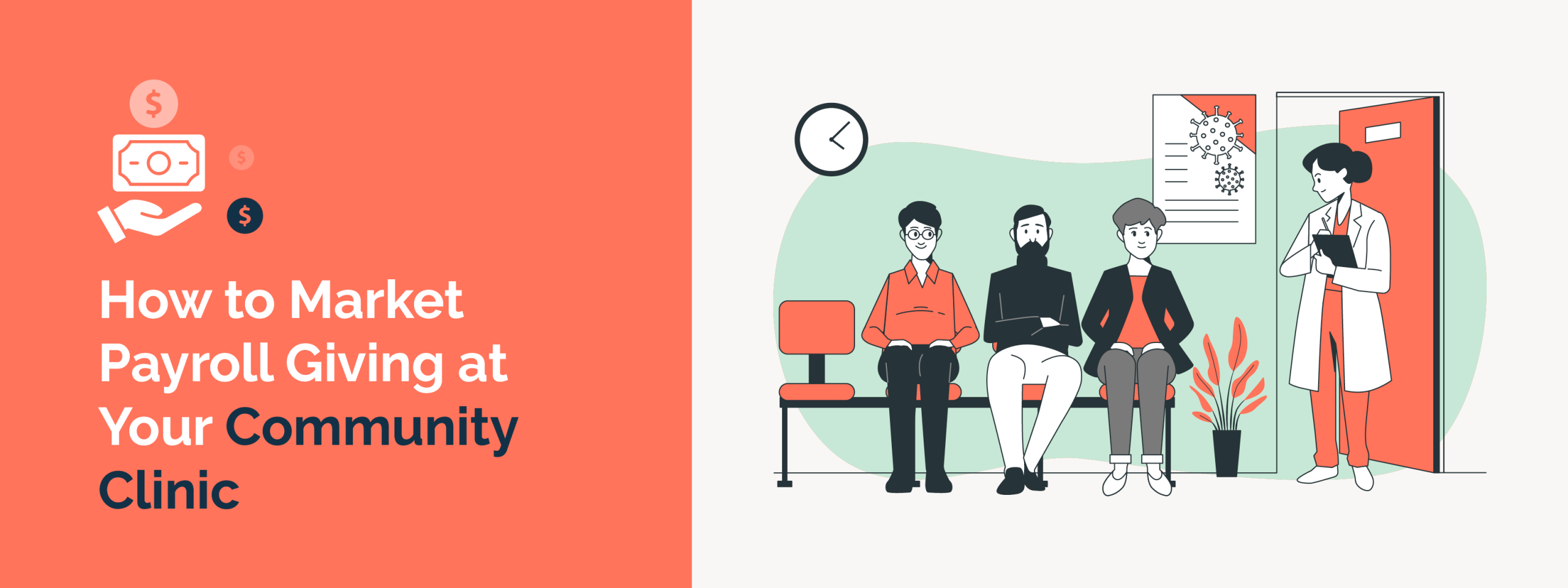
How to Market Payroll Giving at Your Community Clinic
Community clinics are essential in delivering accessible healthcare…
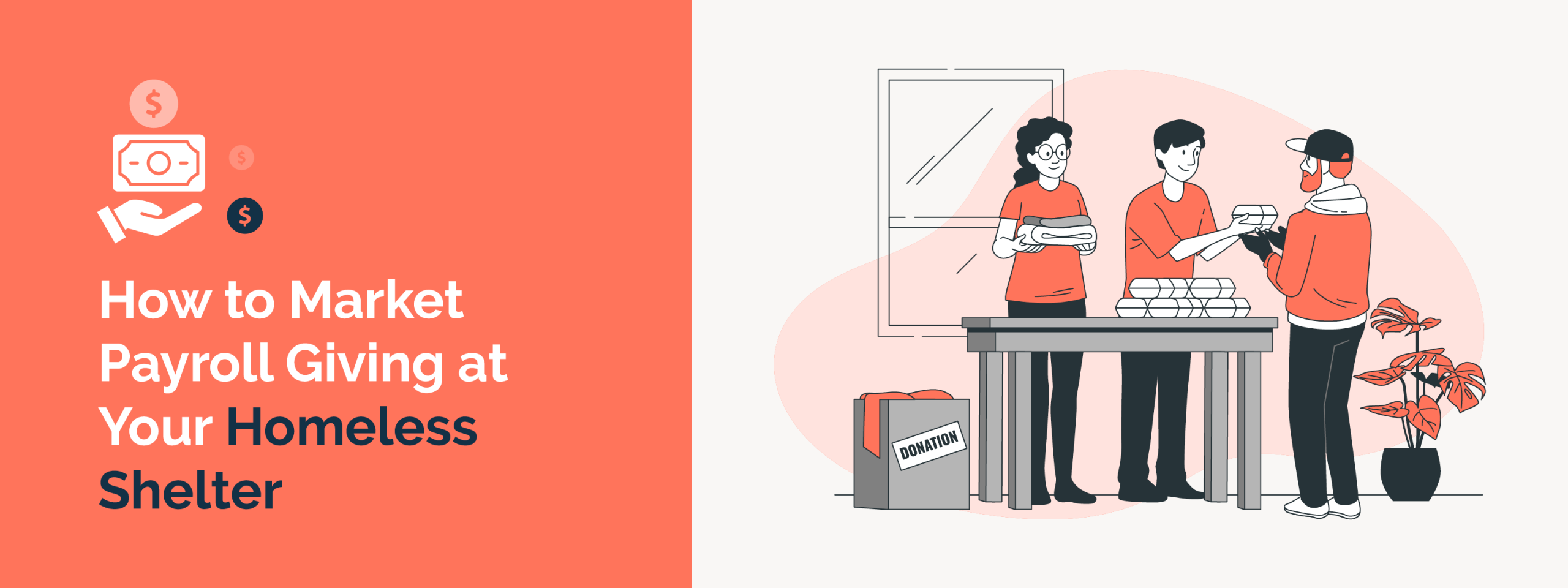
How to Market Payroll Giving at Your Homeless Shelter
Effectively marketing payroll giving can revolutionize how homeless…
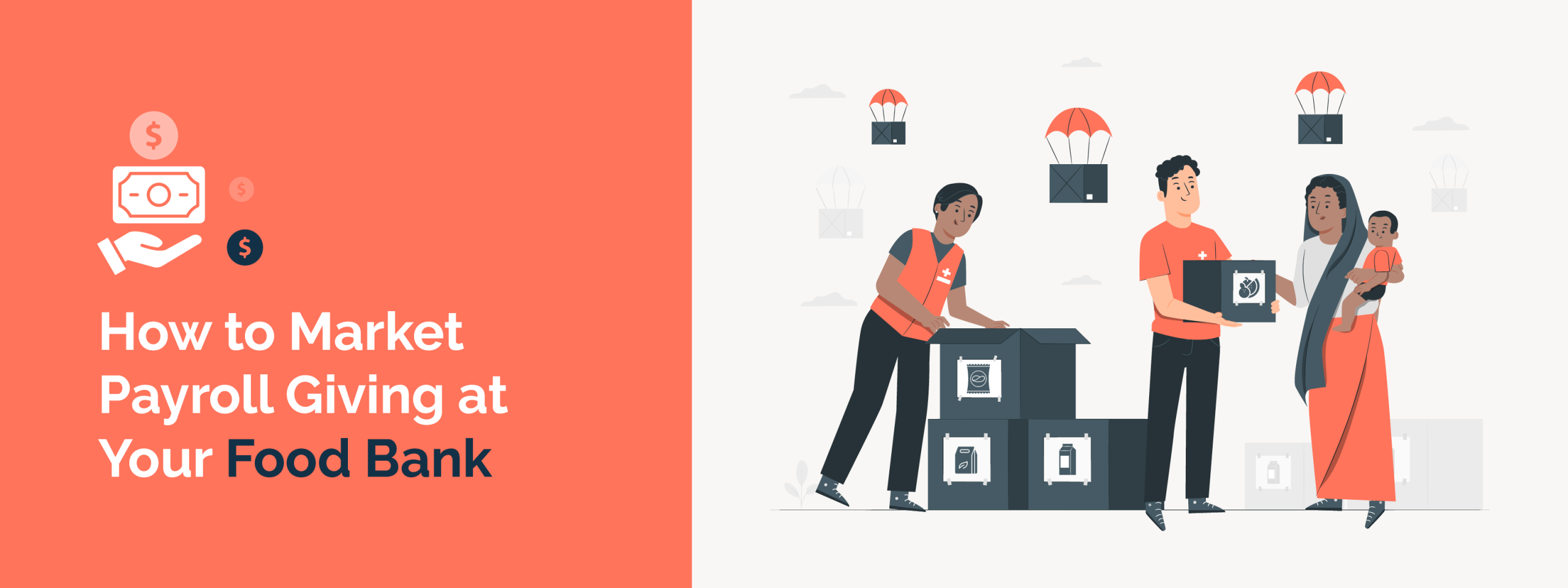
How to Market Payroll Giving at Your Food Bank
Payroll giving is a transformative tool that can greatly boost…
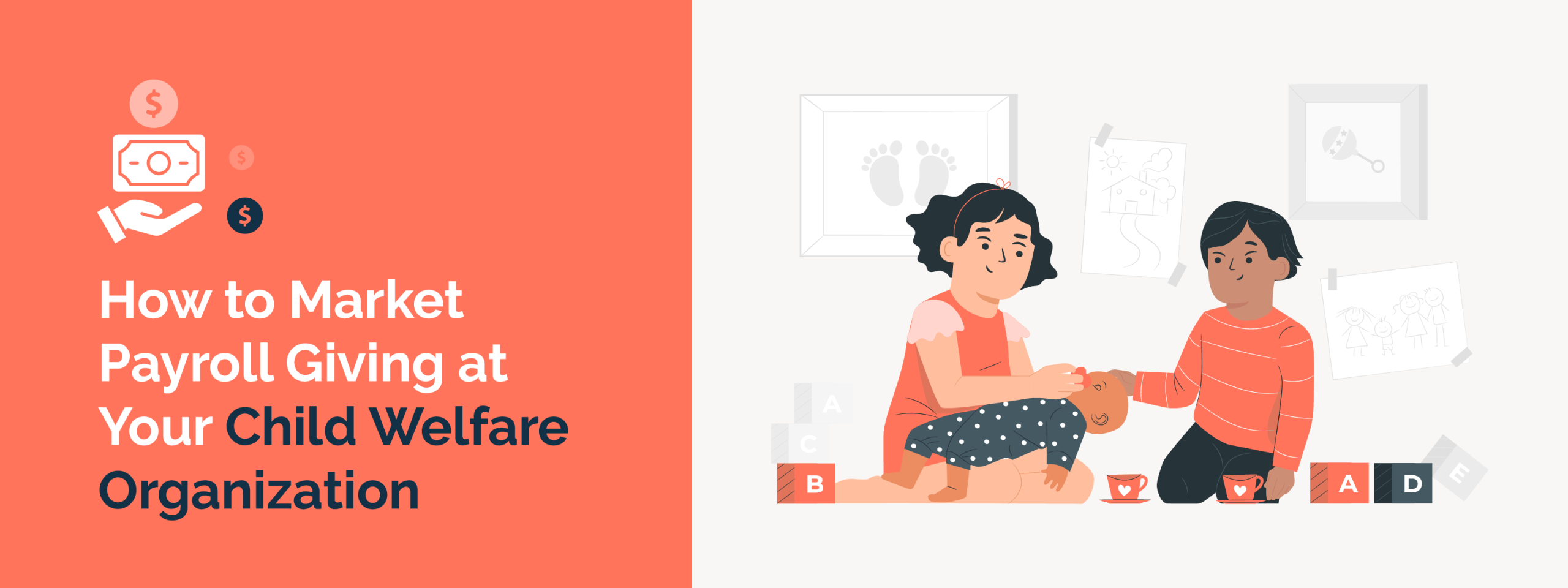
How to Market Payroll Giving at Your Child Welfare Organization
Marketing payroll giving effectively within child welfare organizations…

How to Market Payroll Giving at Your Theater
Marketing payroll giving at theaters offers a unique chance to…
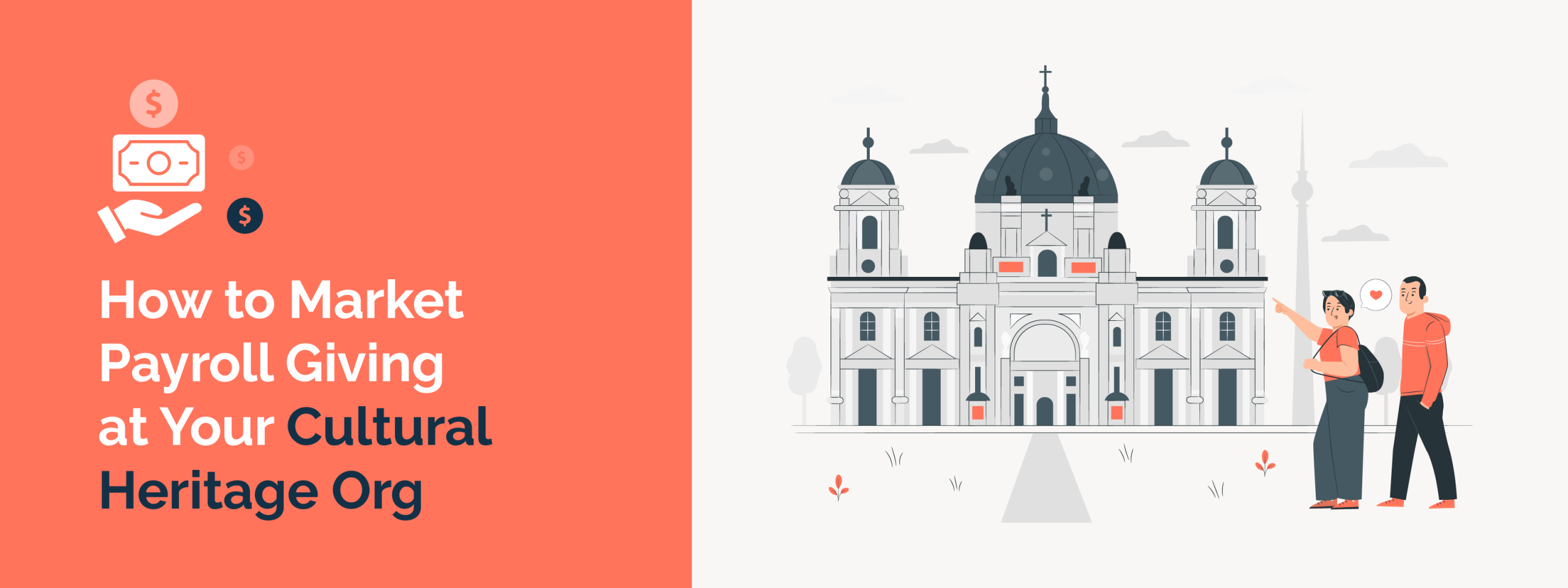
How to Market Payroll Giving at Your Cultural Heritage Org
Effectively marketing payroll giving within cultural heritage…
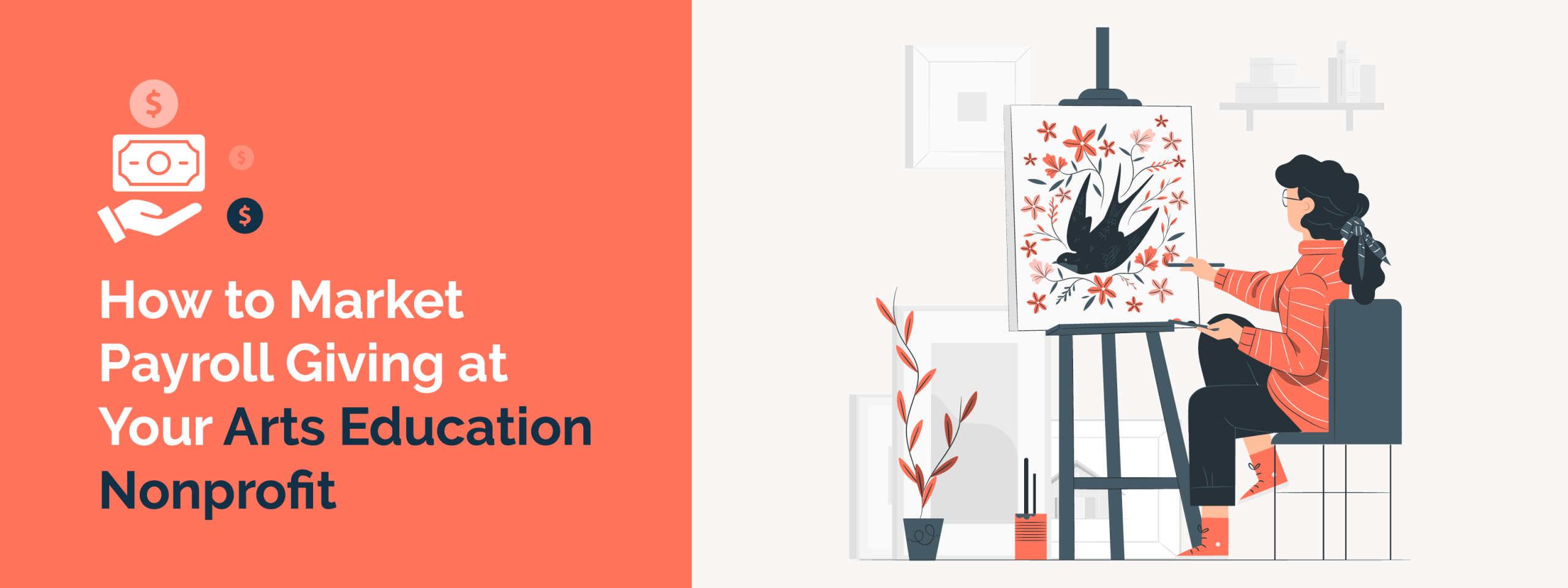
How to Market Payroll Giving at Your Arts Education Nonprofit
Marketing payroll giving effectively can revolutionize the way…

